The Complete Maintenance Guide for Marble and Travertine: Tips for Longevity and Shine
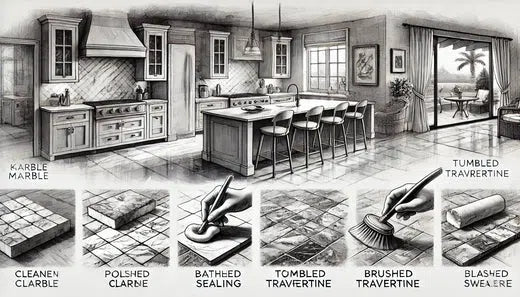
Introduction
Marble and travertine add timeless beauty to any home, but keeping them in pristine condition requires proper maintenance. These natural stones are porous and delicate, making them susceptible to stains, scratches, and etching. In this guide, we’ll explore the best practices for cleaning, sealing, and protecting marble and travertine, ensuring their lasting beauty and functionality.
Why Maintenance Matters
- Preservation: Proper care prevents discoloration, etching, and wear.
- Longevity: Regular upkeep ensures these stones remain durable and beautiful for decades.
- Aesthetics: Maintenance retains the natural shine and texture that make marble and travertine unique.
Step 1: Daily Cleaning Routine
- Use a pH-neutral cleaner specifically designed for natural stone. Avoid acidic or abrasive cleaners like vinegar or bleach.
- Wipe surfaces with a soft microfiber cloth or mop to remove dust and debris.
- Clean spills immediately to prevent stains, especially from acidic substances like wine, coffee, or citrus juices.
Step 2: Sealing the Stone
- Why Seal? Marble and travertine are porous, allowing liquids and dirt to penetrate if left unsealed.
-
How Often?
- Marble: Seal every 6-12 months.
- Travertine: Seal every 6 months in high-moisture or high-traffic areas.
-
Application Tips:
- Clean the surface thoroughly and let it dry completely.
- Apply a natural stone sealer with a clean cloth or sponge.
- Allow the sealer to penetrate for the recommended time, then wipe off excess.
Step 3: Preventing Damage
- Use coasters, trivets, and cutting boards to protect countertops from scratches and heat.
- Place rugs or mats in high-traffic areas to prevent wear on flooring.
- Add felt pads to furniture legs to avoid scratches on marble or travertine floors.
Step 4: Polishing for Shine
- Polishing enhances the stone’s natural shine and removes minor scratches.
- Use a stone-safe polish once every few months for countertops and walls.
- Avoid polishing floors as it may make them slippery.
Step 5: Dealing with Stains and Etches
- Stain Removal: Create a paste using baking soda and water. Apply it to the stain, cover with plastic wrap, and let it sit for 24 hours before wiping off.
- Etch Marks: For light etches, use a marble polishing powder. For deeper damage, consult a professional.
Common Mistakes to Avoid
- Using the Wrong Cleaners: Acidic or abrasive products can permanently damage the stone.
- Skipping Sealing: Unsealed marble or travertine is vulnerable to stains and moisture damage.
- Neglecting Spills: Even water can leave marks if allowed to sit too long.
- Polishing Too Frequently: Over-polishing can lead to a waxy buildup.
Maintenance Tips for Specific Areas
1. Kitchens
- Clean countertops daily to remove food residues.
- Seal countertops more frequently due to exposure to oils and acids.
- Use trivets for hot pans to avoid thermal shock.
2. Bathrooms
- Wipe down shower walls after use to prevent soap scum buildup.
- Use a squeegee to minimize water spots on walls and floors.
- Apply a penetrating sealer to prevent mold and mildew in grout lines.
3. Outdoor Areas
- Sweep patios and walkways regularly to remove dirt and debris.
- Reseal outdoor travertine pavers annually to protect against weathering.
- Avoid using de-icing salts on travertine in cold climates, as they can cause surface damage.
Eco-Friendly Maintenance Alternatives
- Use homemade solutions like a mix of warm water and a few drops of mild dish soap for cleaning.
- Opt for biodegradable stone sealers and polishes.
- Recycle leftover tiles for mosaics or small repairs.
FAQs About Marble and Travertine Maintenance
-
How do I know if my stone needs resealing?
- Perform a water drop test: If water beads on the surface, it’s sealed. If it absorbs, resealing is needed.
-
Can I use a steam cleaner on marble or travertine?
- No, high heat and moisture can damage the stone and its sealant.
-
What’s the best way to clean grout between tiles?
- Use a soft brush and a mild, pH-neutral cleaner. Avoid harsh chemicals that can degrade grout and stone.
-
Can travertine be polished like marble?
- Yes, but travertine’s porous nature makes polishing less common. Use a honed or matte finish for easier maintenance.
-
What should I do if my stone gets scratched?
- Use a marble polishing powder for light scratches. For deep scratches, consult a professional.
Conclusion
Marble and travertine are beautiful, durable additions to any home, but they require care to maintain their elegance. By following this comprehensive maintenance guide, you can protect your investment and enjoy the timeless appeal of natural stone for years to come.
Whether it’s sealing your travertine patio or polishing a Carrara marble countertop, these tips ensure your surfaces stay as stunning as the day they were installed. Proper maintenance isn’t just about cleaning; it’s about preserving the history and character of these remarkable stones.

 Best Selling Marble Collections
Best Selling Marble Collections
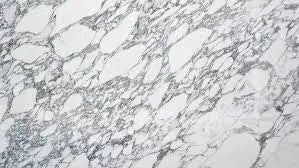 Arabescato Corchia
Arabescato Corchia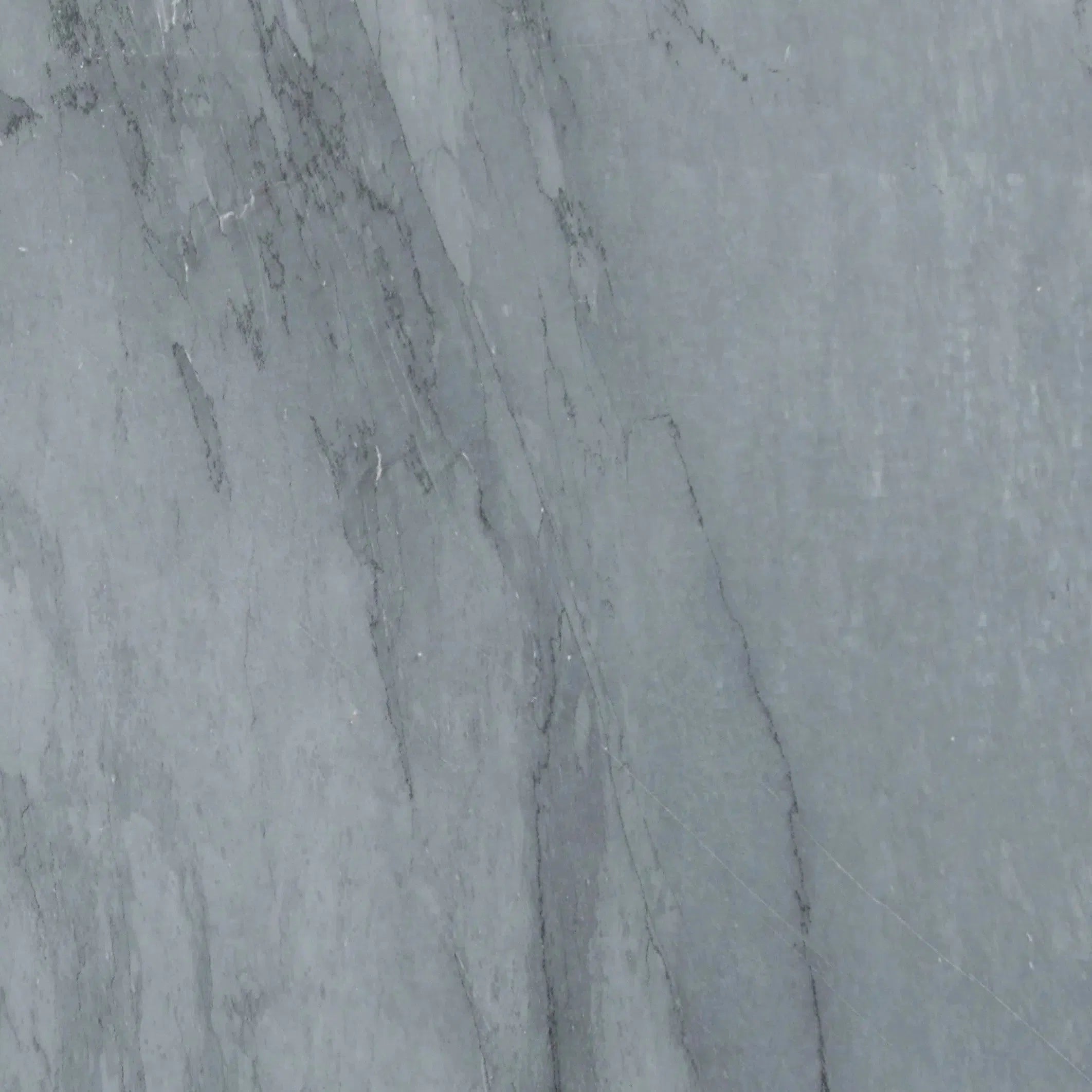 Bardiglio
Bardiglio Bianco Dolomite
Bianco Dolomite  Carrara White
Carrara White  Calacatta Gold
Calacatta Gold Crema Marfil
Crema Marfil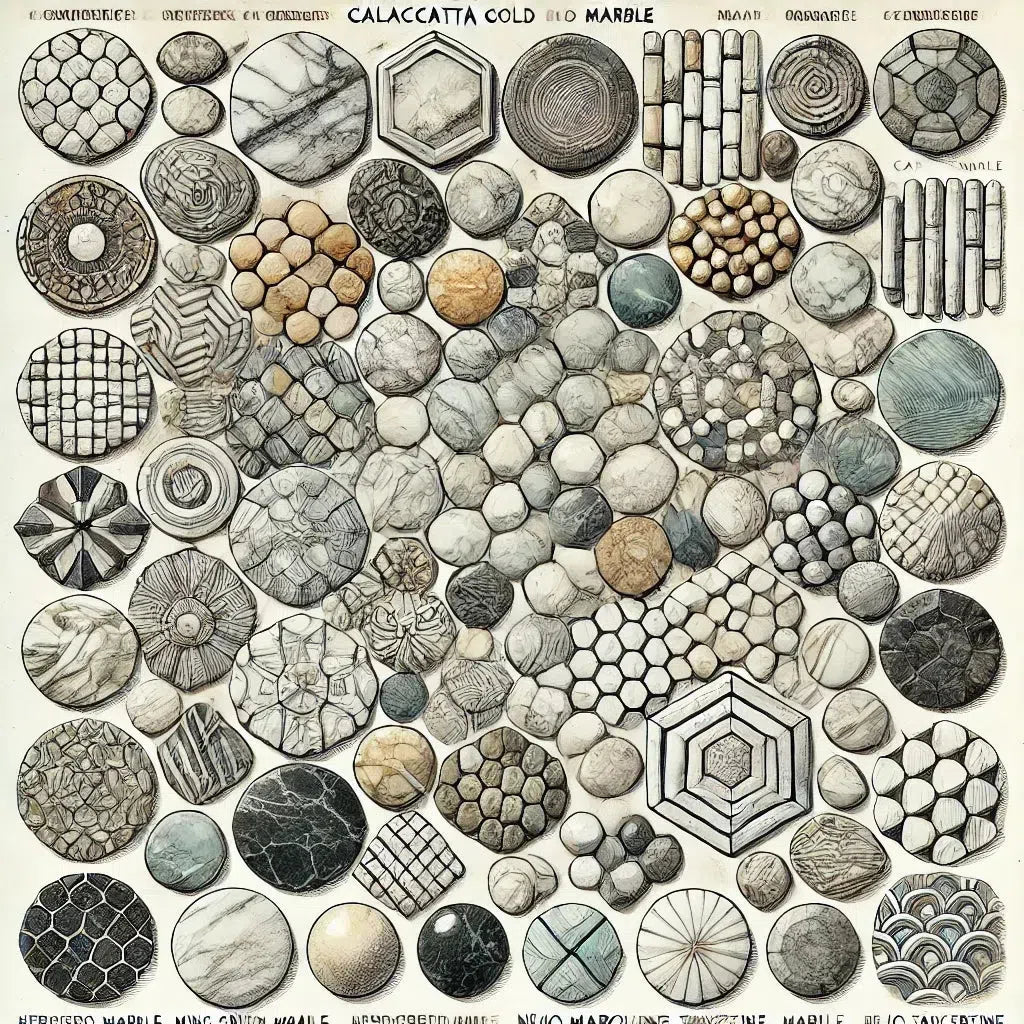 Custom Made Mosaic
Custom Made Mosaic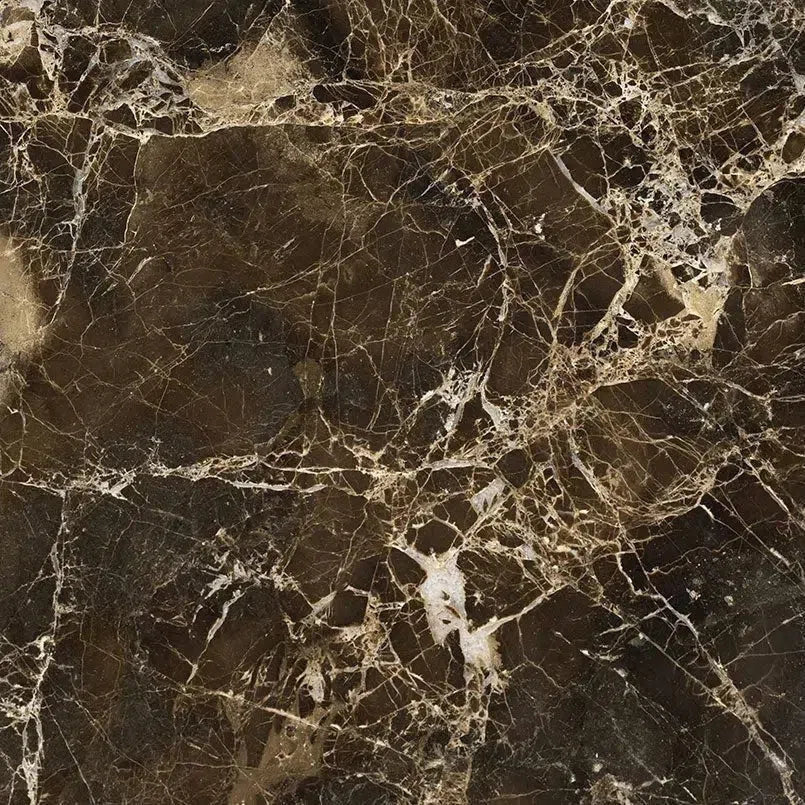 Emperador Dark
Emperador Dark Nero Marquina
Nero Marquina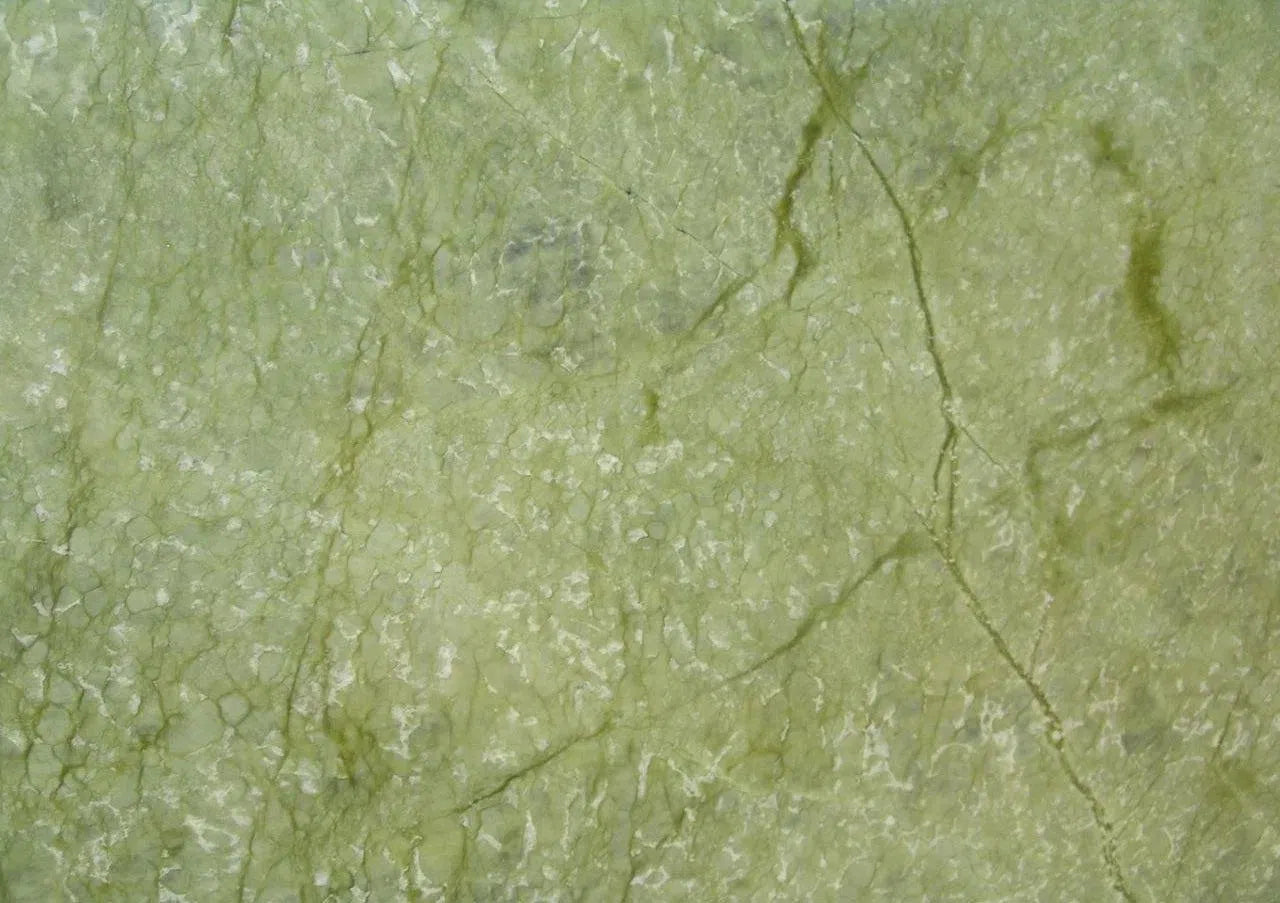 Ming Green Marble
Ming Green Marble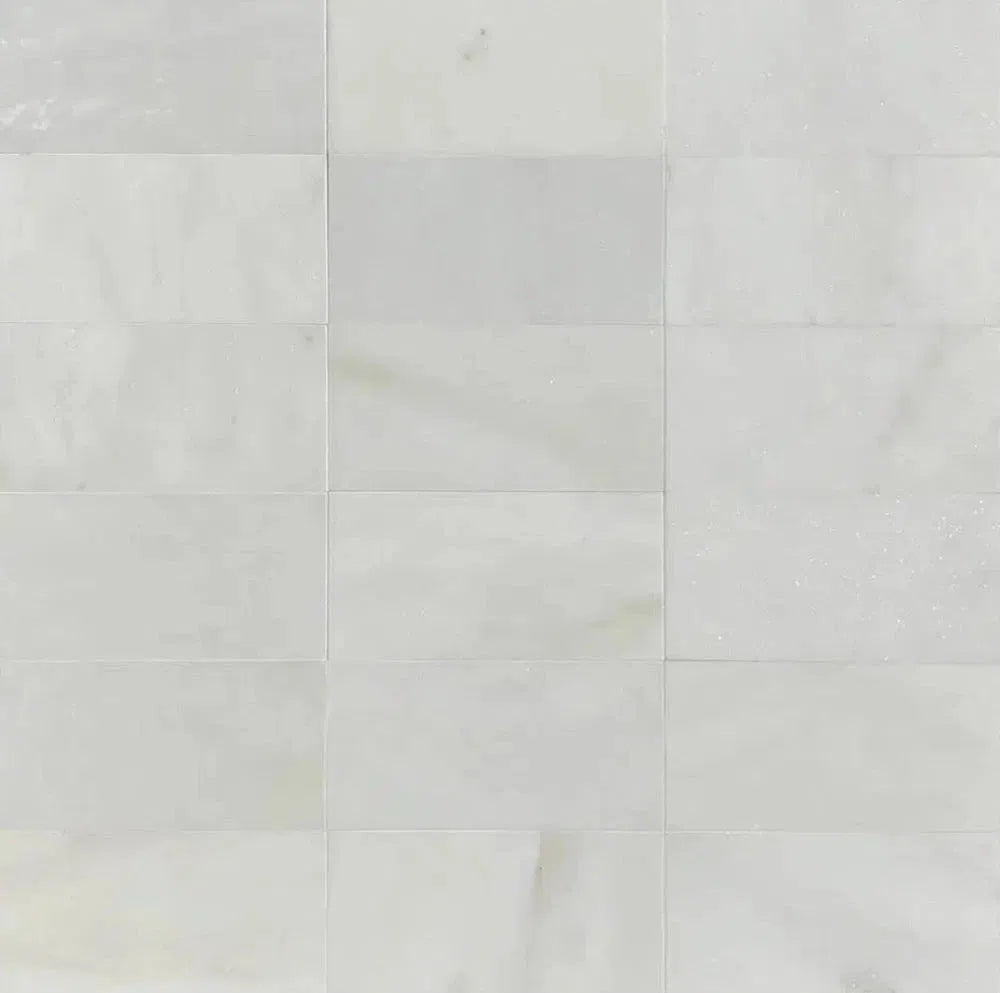 Oriental White Marble (Asian Statuary Marble)
Oriental White Marble (Asian Statuary Marble) Statuary - Statuario White (Italian) Marble
Statuary - Statuario White (Italian) Marble Thassos White
Thassos White White Pearl/Botticino Beige Marble
White Pearl/Botticino Beige Marble Best Selling Travertine Collections
Best Selling Travertine Collections
 Ivory Travertine
Ivory Travertine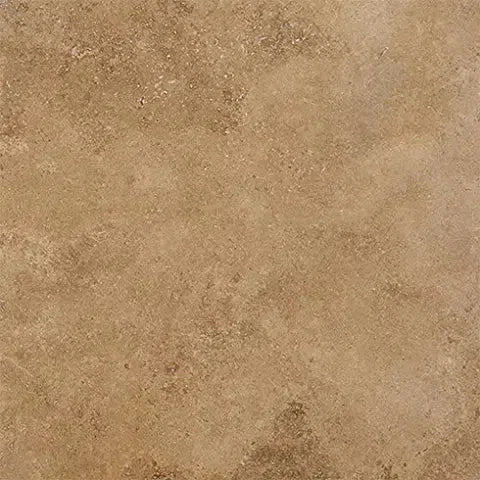 Noce Travertine
Noce Travertine Exotic Noce Travertine
Exotic Noce Travertine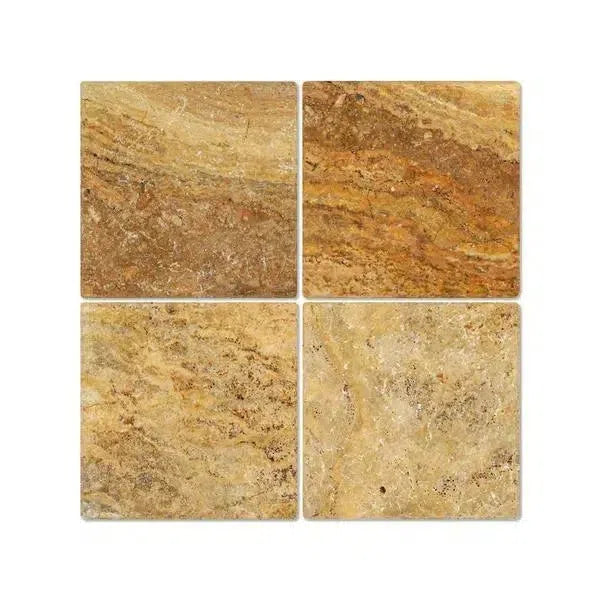 Scabos | Autumn Leaves Travertine
Scabos | Autumn Leaves Travertine Silver Travertine
Silver Travertine Exotic Travertine
Exotic Travertine Checkerboard
Checkerboard
 Patterned Tile
Patterned Tile
 Shop By Material
Shop By Material
 Travertine
Travertine Marble
Marble Limestone
Limestone Soap Stone
Soap Stone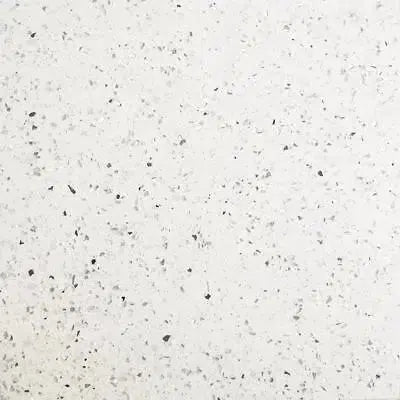 Quartz
Quartz Granite
Granite Shop By Name
Shop By Name
 Absolute Black Granite
Absolute Black Granite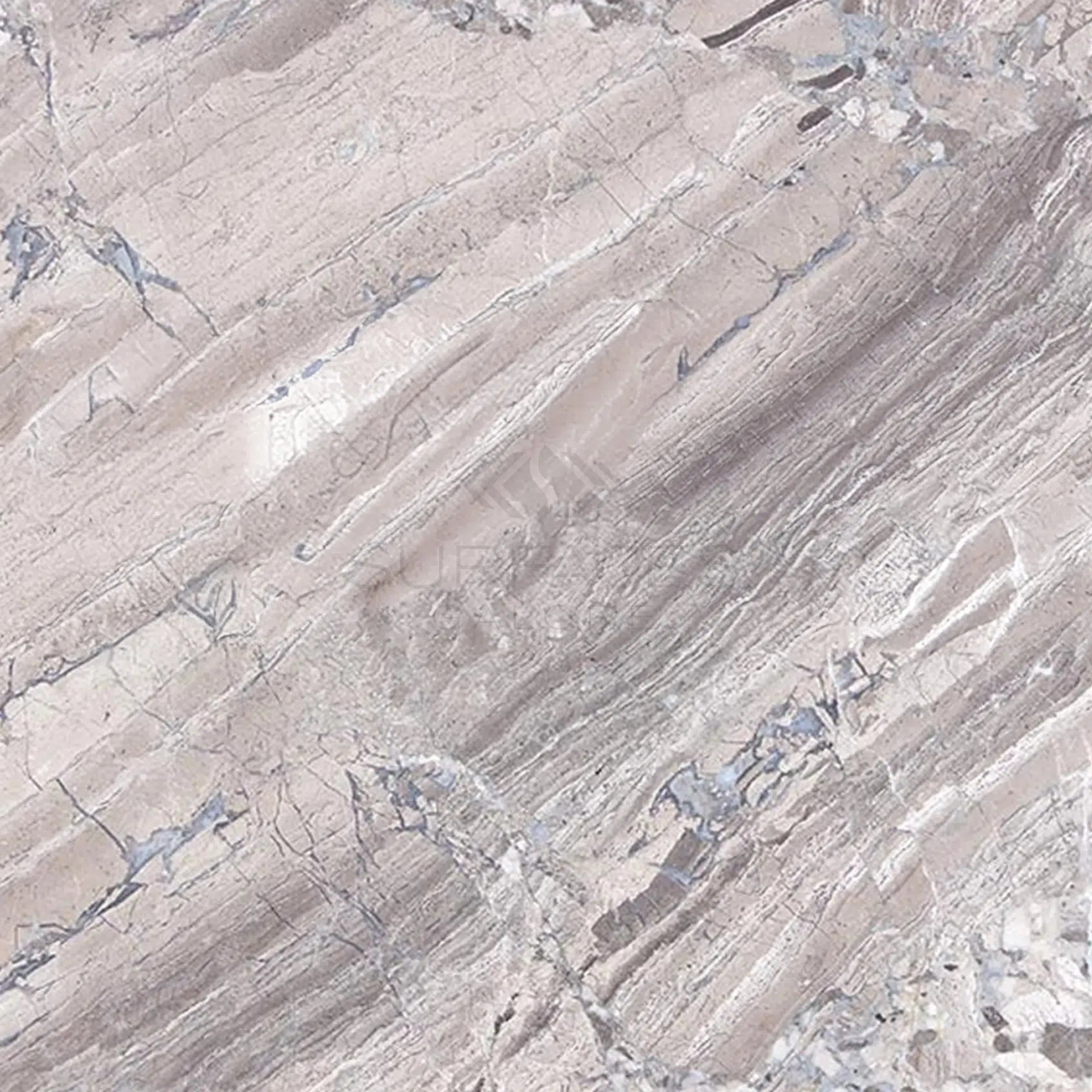 Atlantic Gray Marble
Atlantic Gray Marble Antico Onyx Travertine
Antico Onyx Travertine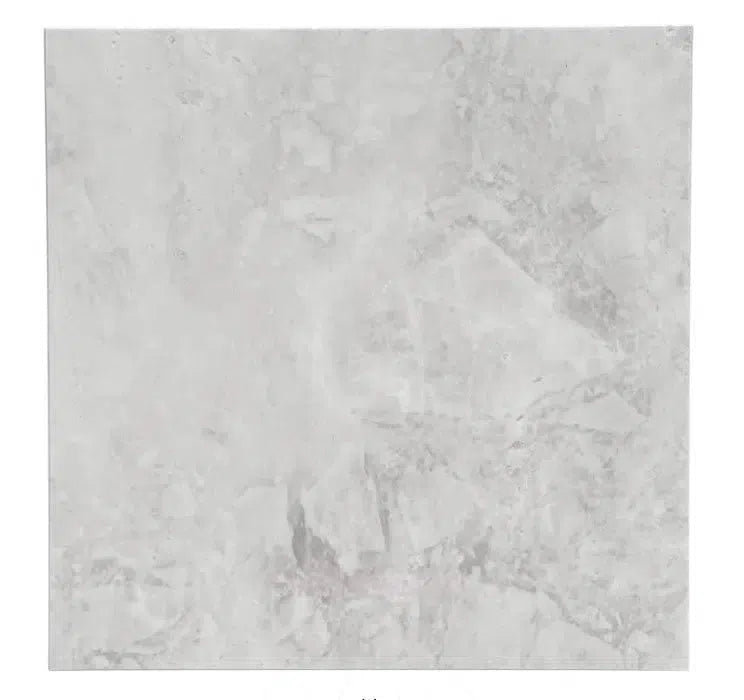 Bianco Congelato Dolomite
Bianco Congelato Dolomite Bianco Venatino (Bianco Mare) Marble
Bianco Venatino (Bianco Mare) Marble Calacatta Oliva Marble
Calacatta Oliva Marble Cappuccino Marble
Cappuccino Marble Diano Royal (Queen Beige) Marble
Diano Royal (Queen Beige) Marble Durango Cream Traverine
Durango Cream Traverine Emperador Light Marble
Emperador Light Marble Empress Green Marble
Empress Green Marble Gold/Yellow Travertine
Gold/Yellow Travertine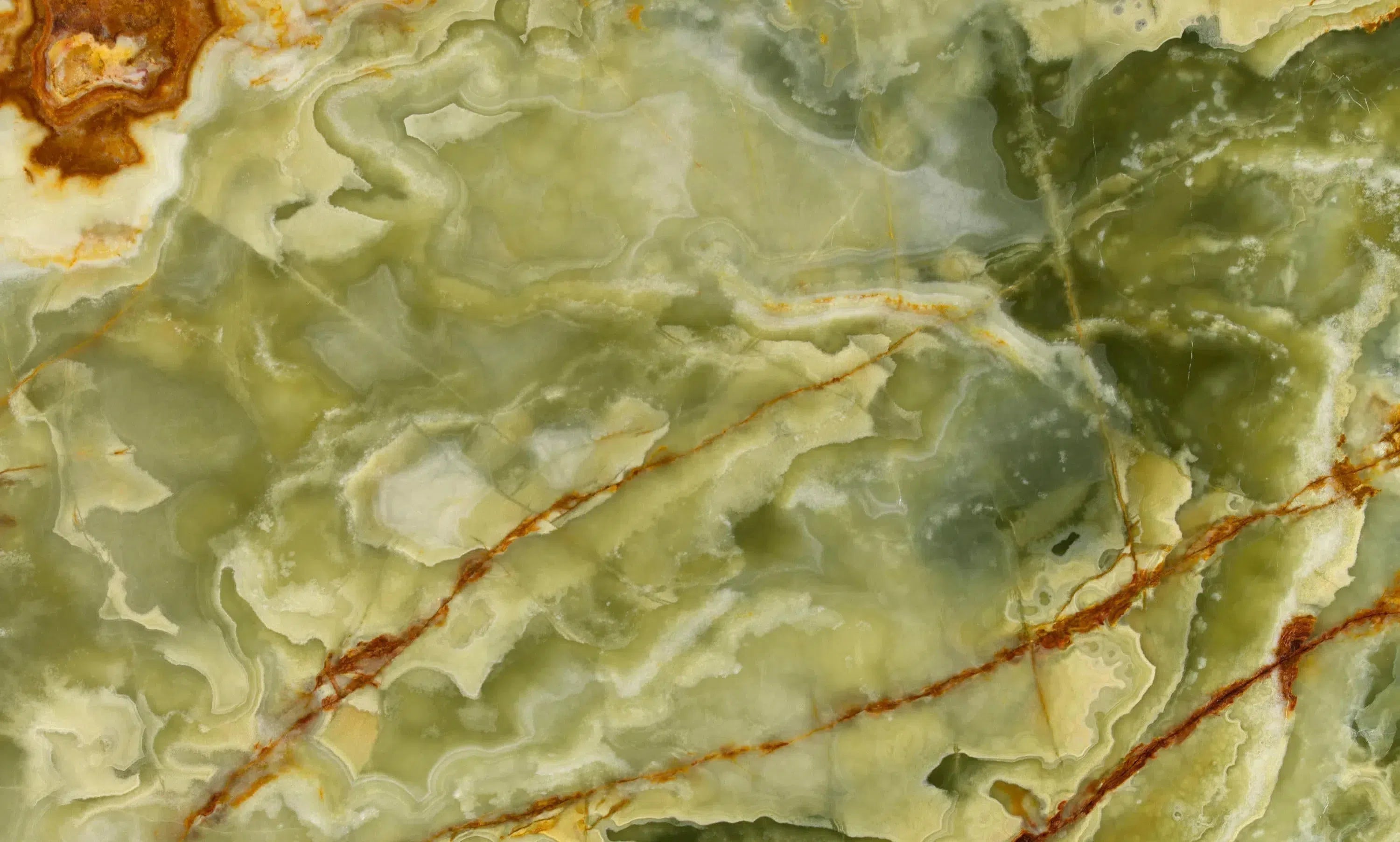 Green Onyx Marble
Green Onyx Marble Haisa Light (White Wood) Limestone
Haisa Light (White Wood) Limestone Honey Onyx Marble
Honey Onyx Marble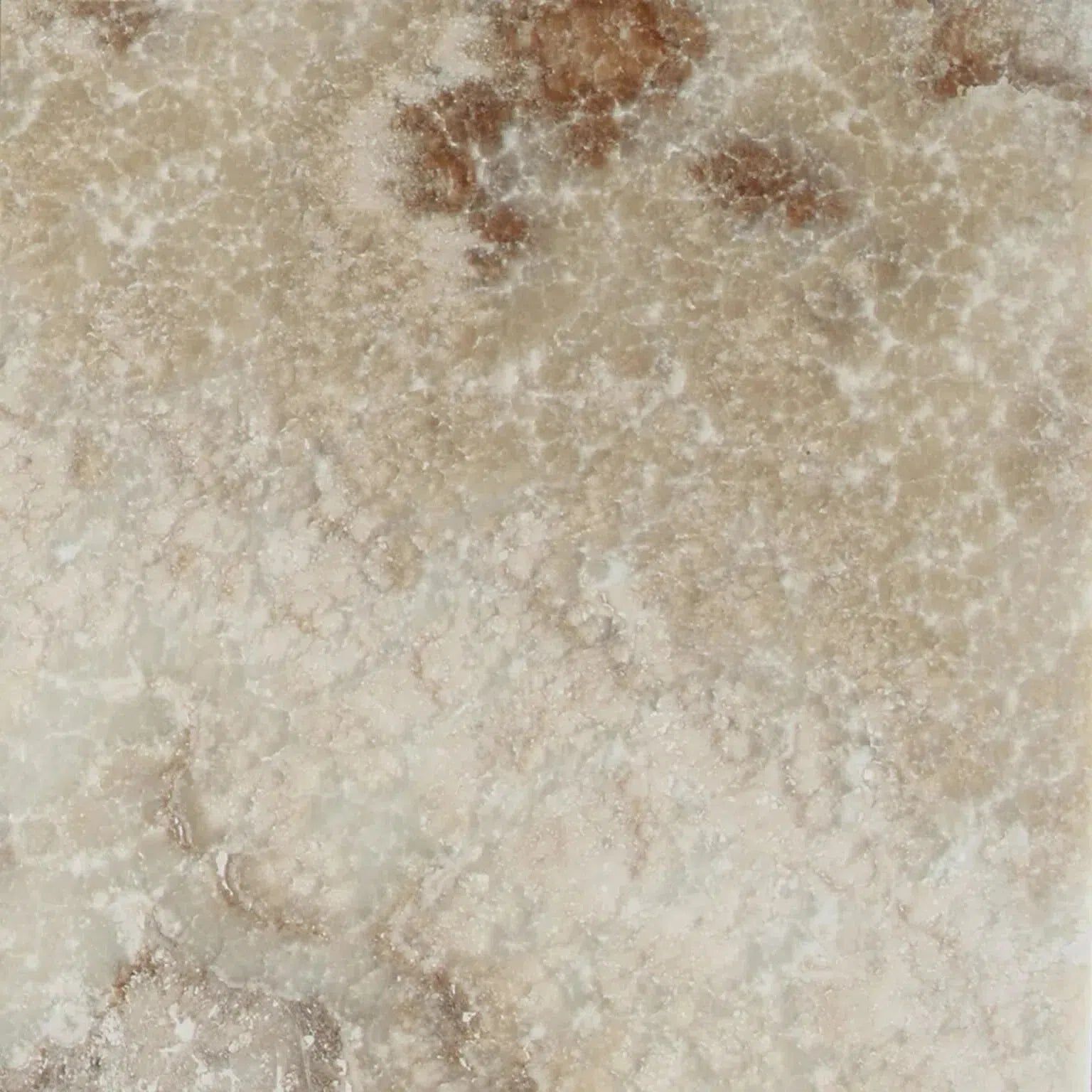 La Travonya Travertine
La Travonya Travertine Malibu Travertine
Malibu Travertine Mink (Equator) Marble
Mink (Equator) Marble Mixed (Ivory-Noce-Gold) Travertine
Mixed (Ivory-Noce-Gold) Travertine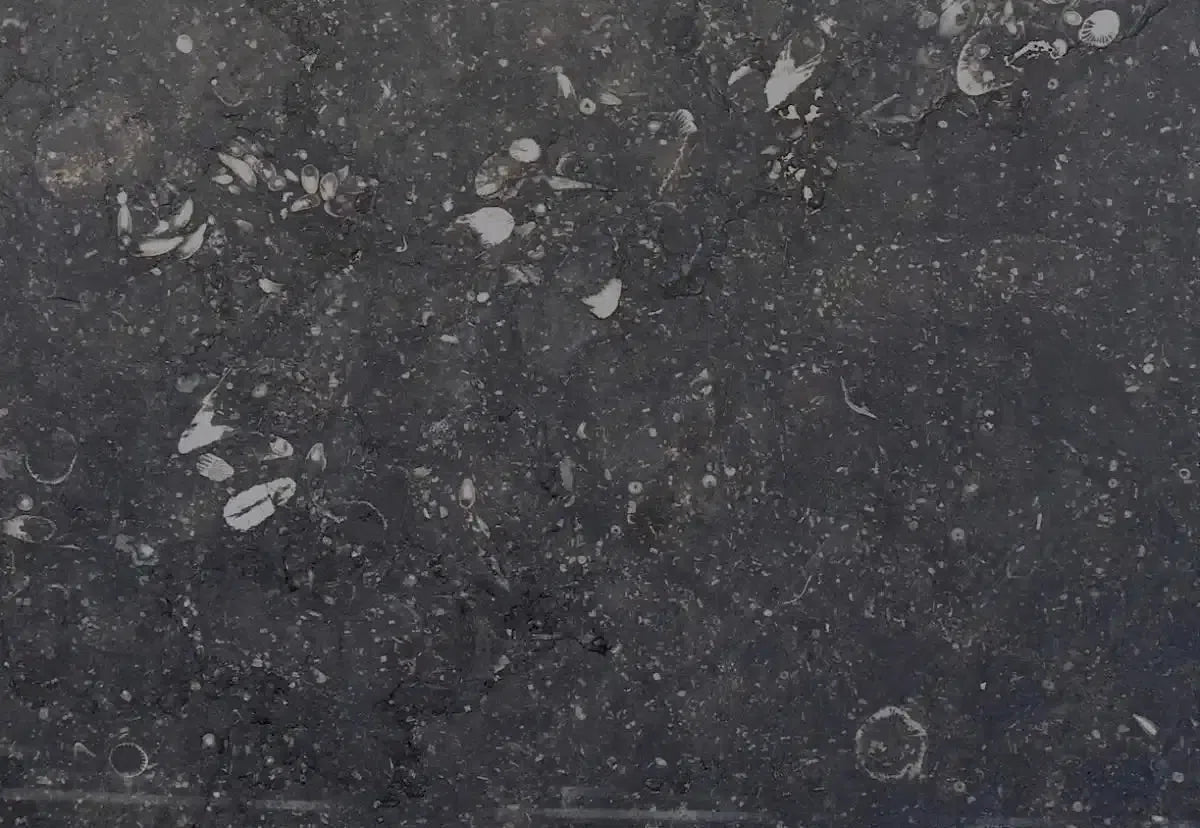 Pierre Bleue (Pierre Blue) Marble
Pierre Bleue (Pierre Blue) Marble Philadelphia Travertine
Philadelphia Travertine Rosé Aurora Marble
Rosé Aurora Marble Rosso Levanto Marble
Rosso Levanto Marble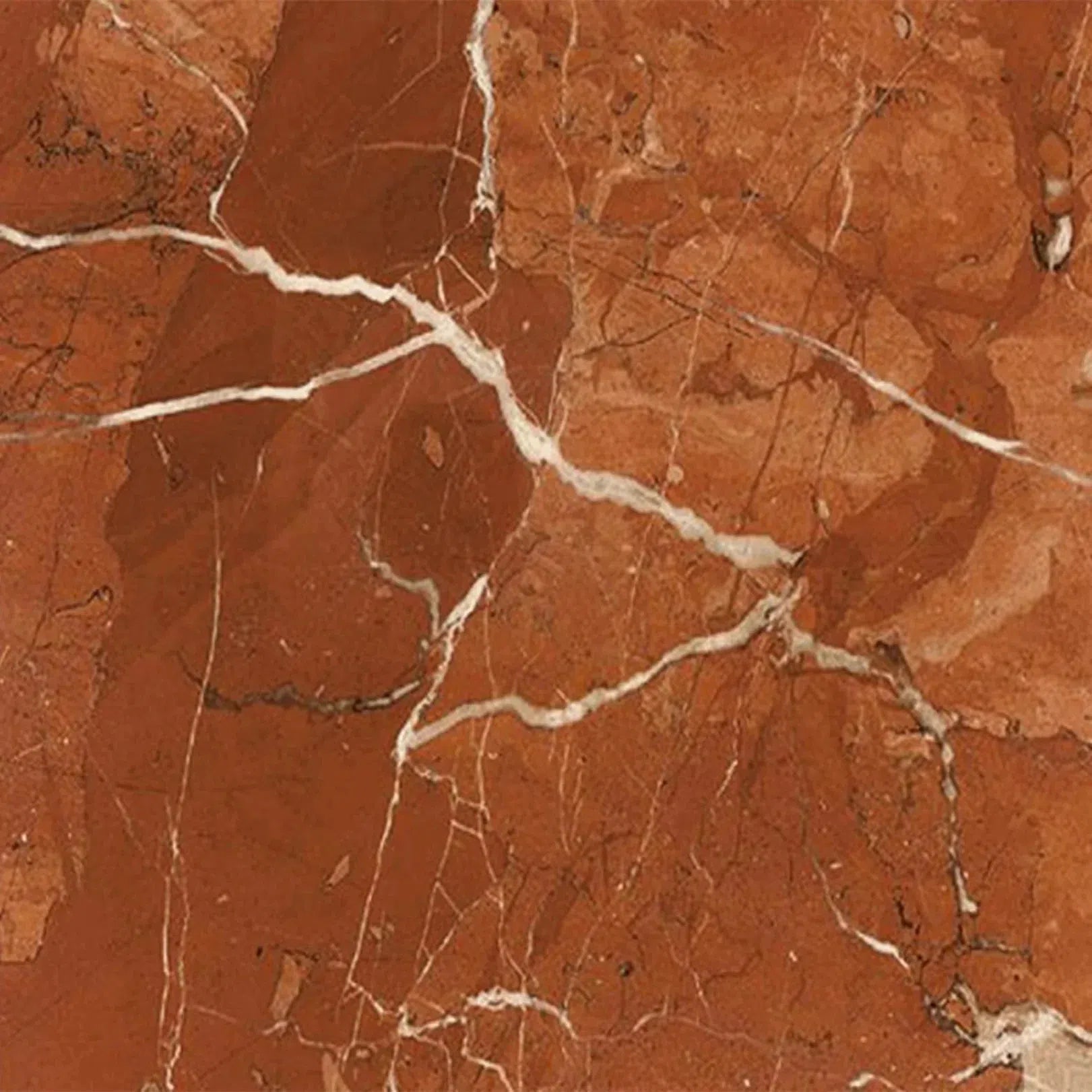 Rojo Alicante Marble
Rojo Alicante Marble Sky Blue | Azul Cielo Marble
Sky Blue | Azul Cielo Marble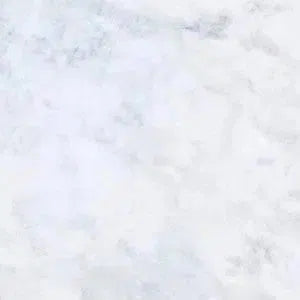 Snow White (Afyon White) Marble
Snow White (Afyon White) Marble Spanish Mix Marble
Spanish Mix Marble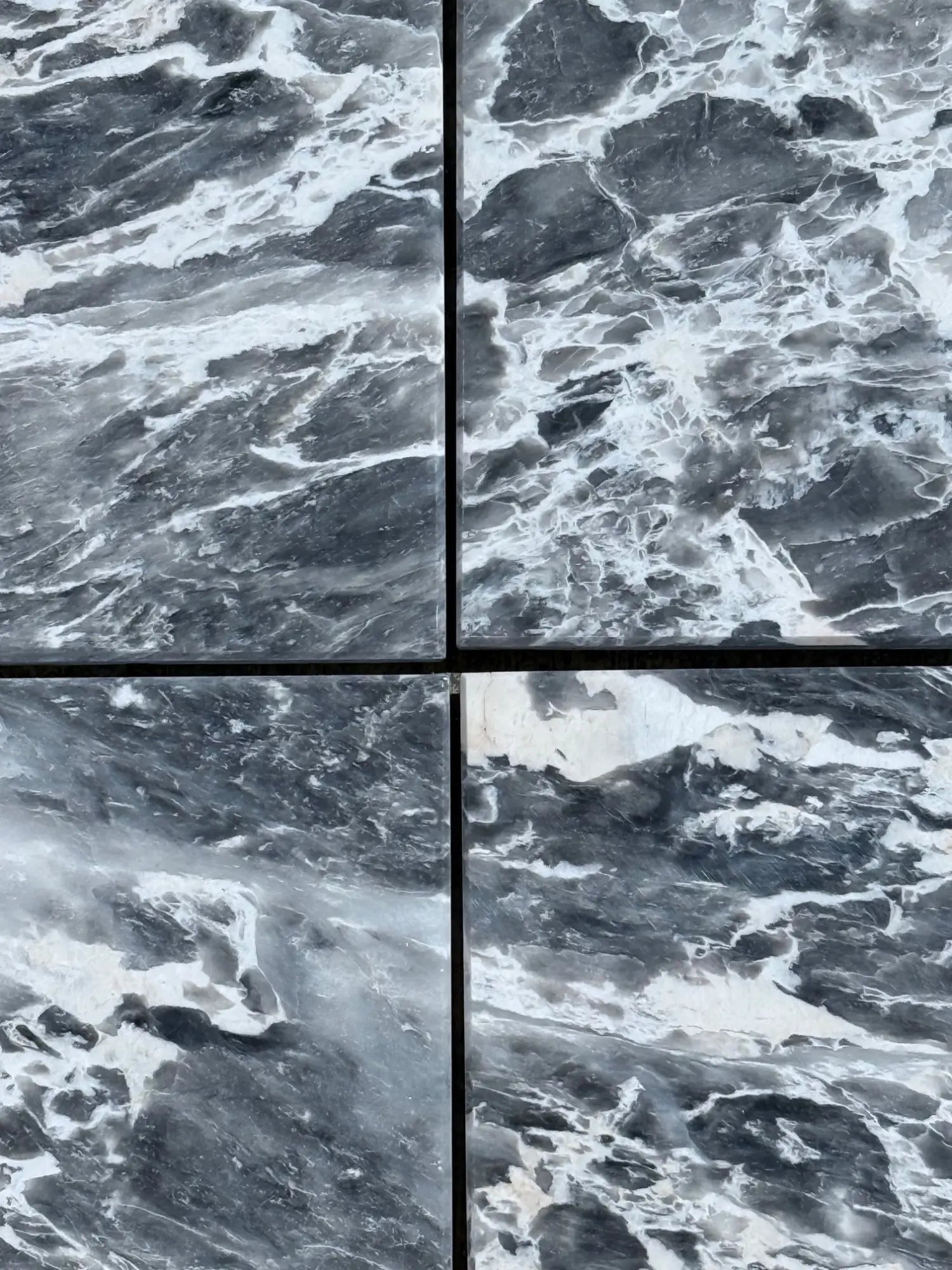 Storm Gray Marble
Storm Gray Marble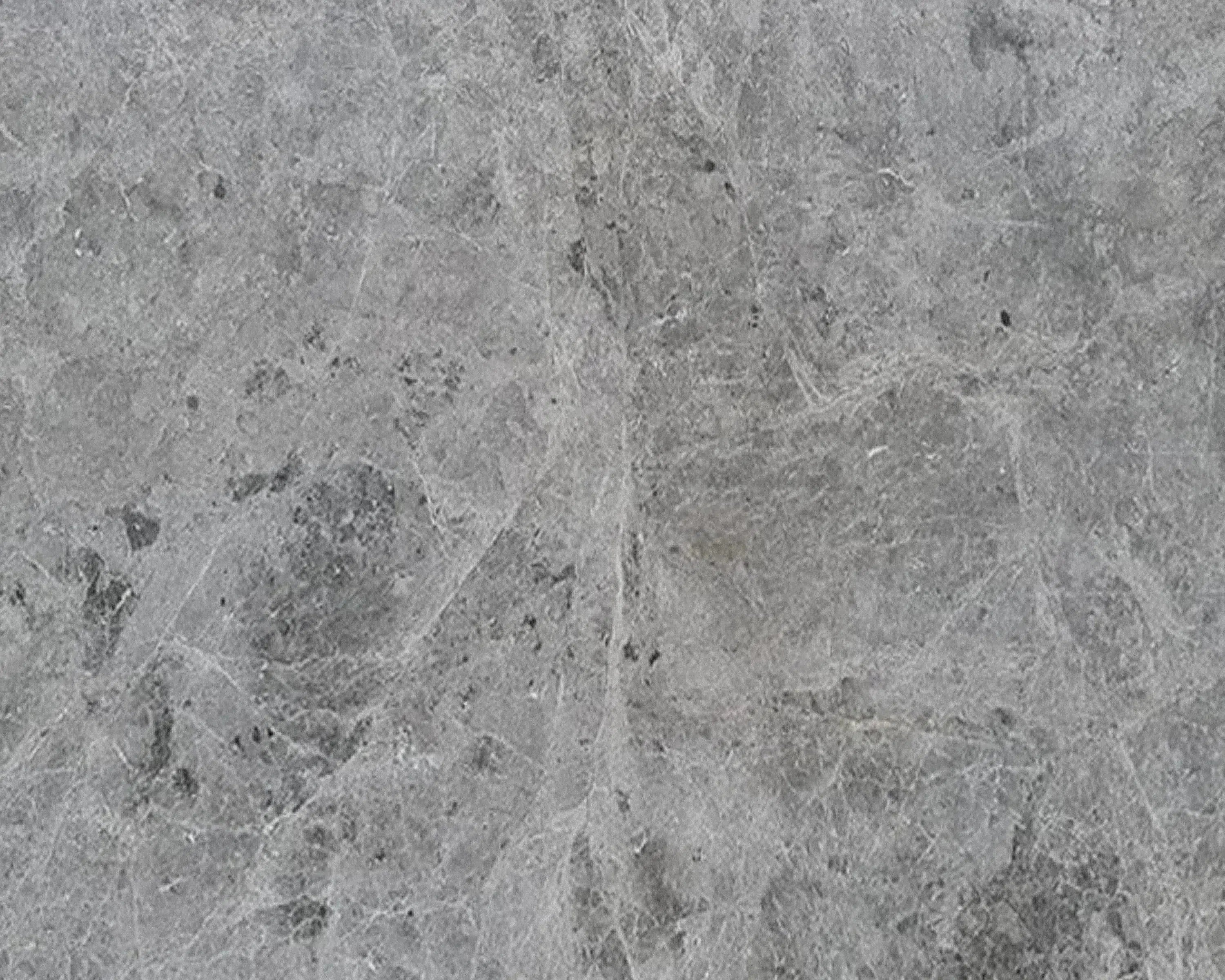 Tundra Gray (Atlantic Gray) Marble
Tundra Gray (Atlantic Gray) Marble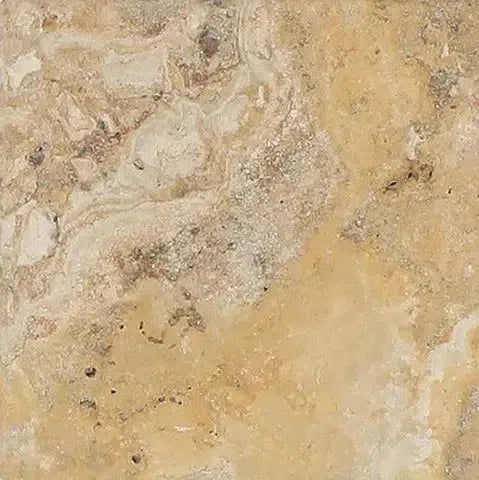 Valencia Travertine
Valencia Travertine Valerenga Travertine
Valerenga Travertine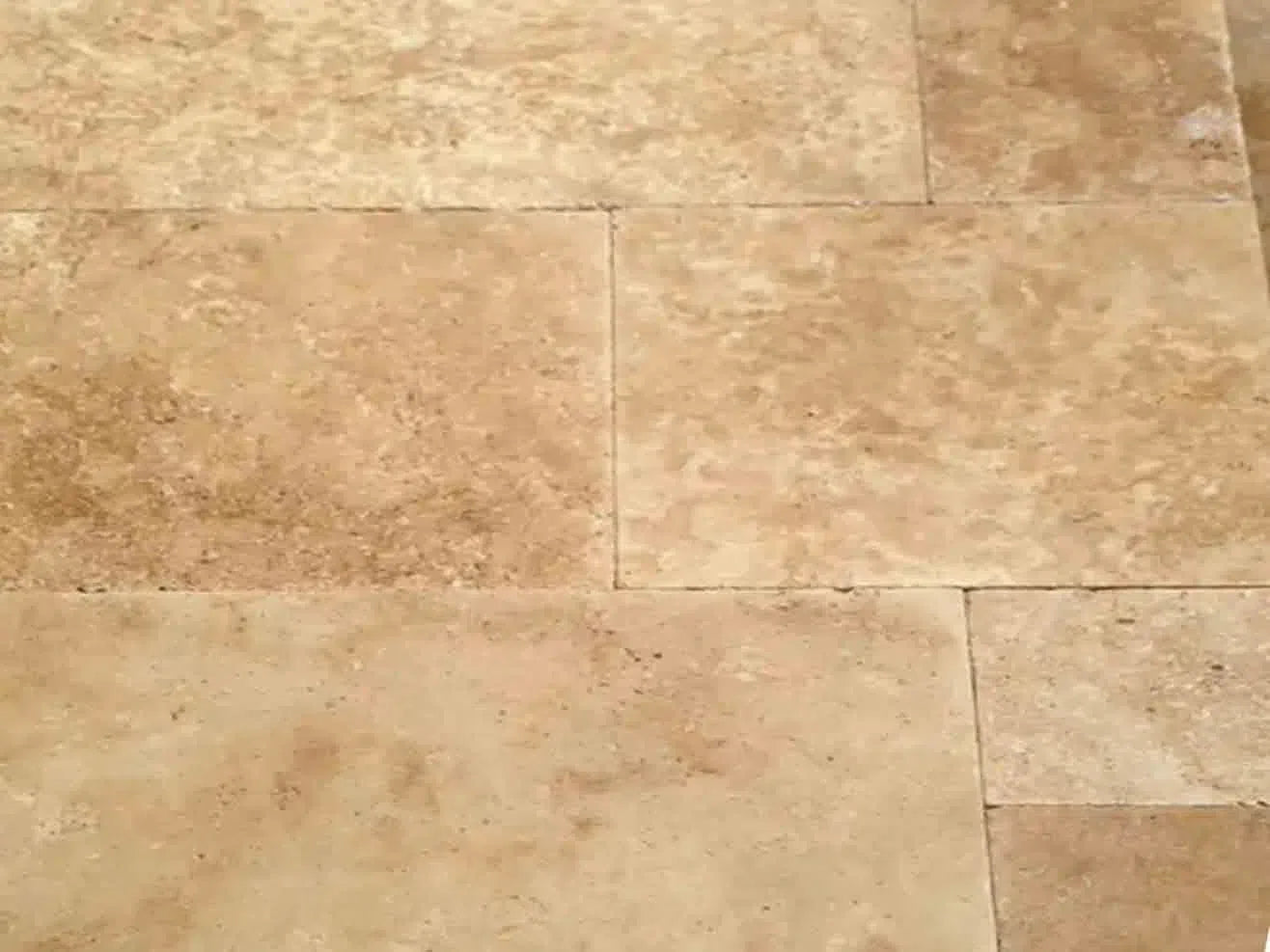 Walnut Travertine
Walnut Travertine White Onyx Marble
White Onyx Marble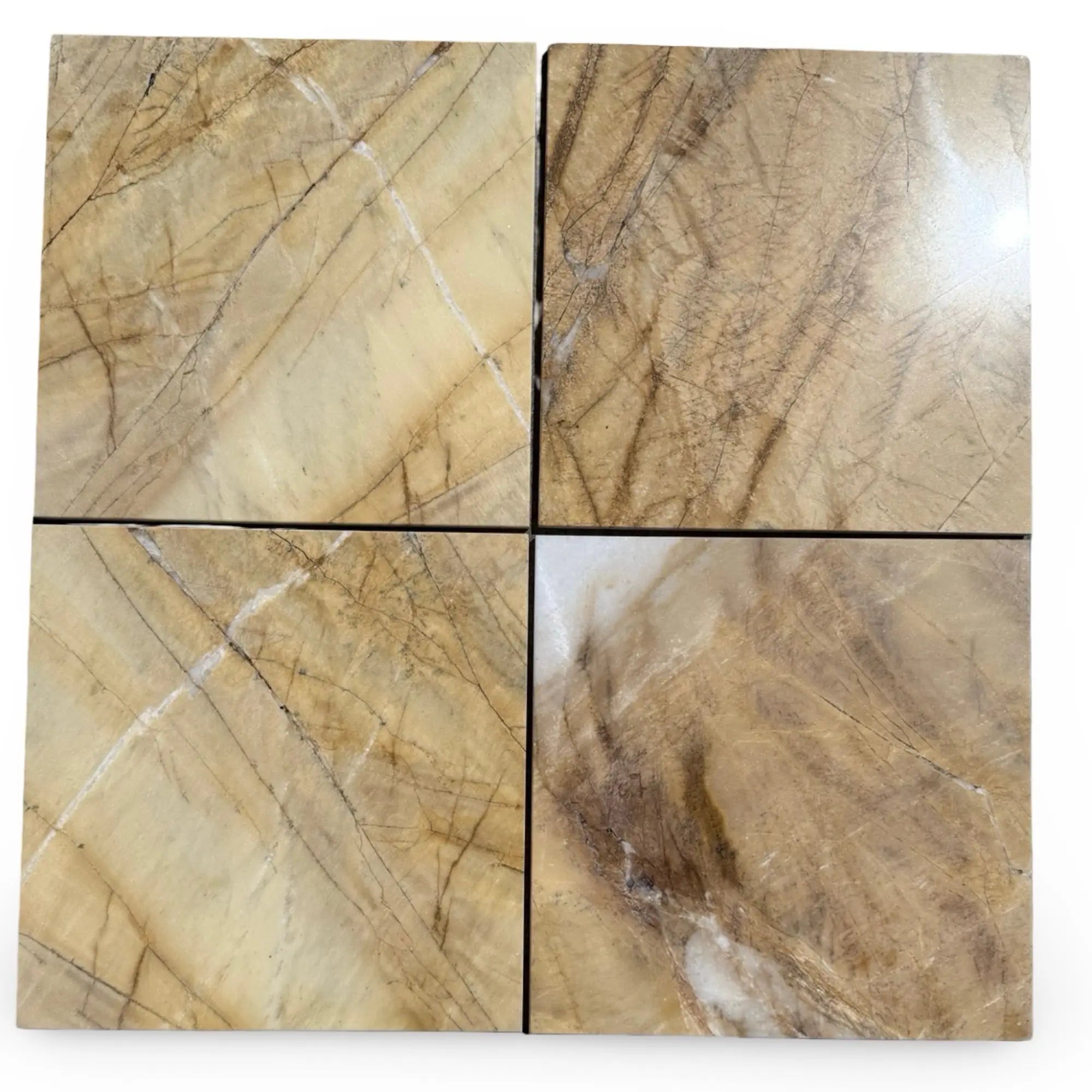 Golden Horizon Marble
Golden Horizon Marble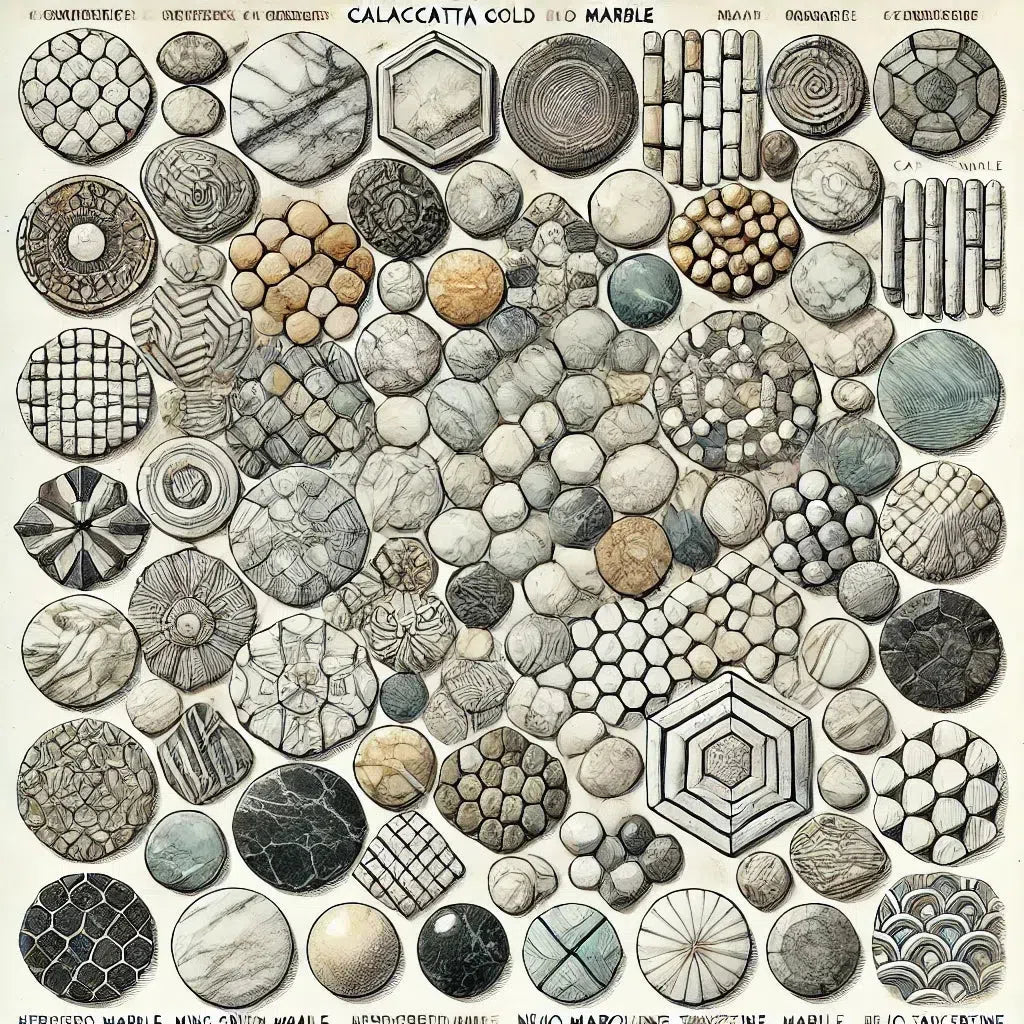 Shop By Type
Shop By Type
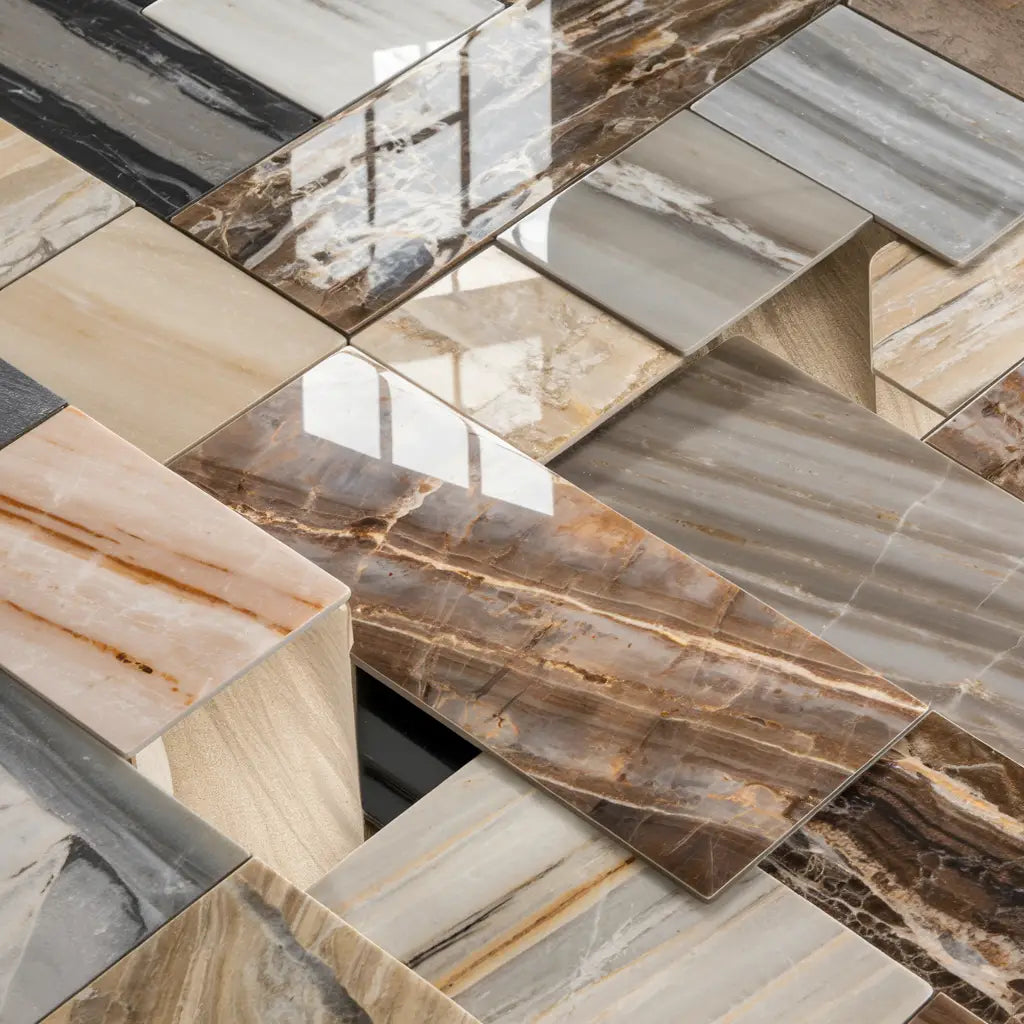 Marble Tiles
Marble Tiles Marble Mosaic
Marble Mosaic Travertine Tiles
Travertine Tiles Travertine Mosaic
Travertine Mosaic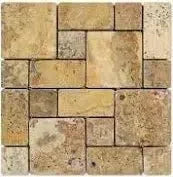 4 pcs Versailles Pattern / French Pattern Set
4 pcs Versailles Pattern / French Pattern Set Molding/Trim
Molding/Trim Border/Listello
Border/Listello Ledger-Panel
Ledger-Panel Checkerboard
Checkerboard Patterned Tile Collection
Patterned Tile Collection  Shop By Finish
Shop By Finish
 Polished
Polished Honed
Honed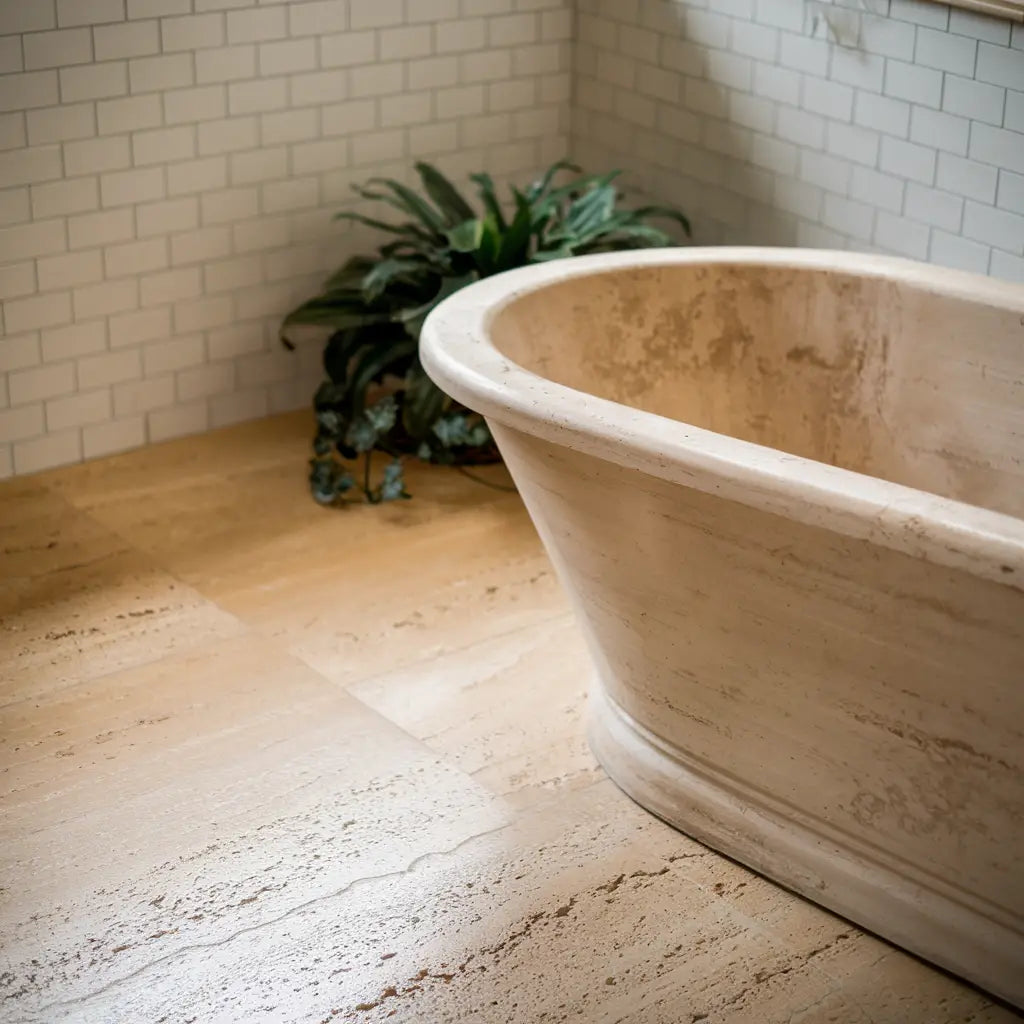 Brushed
Brushed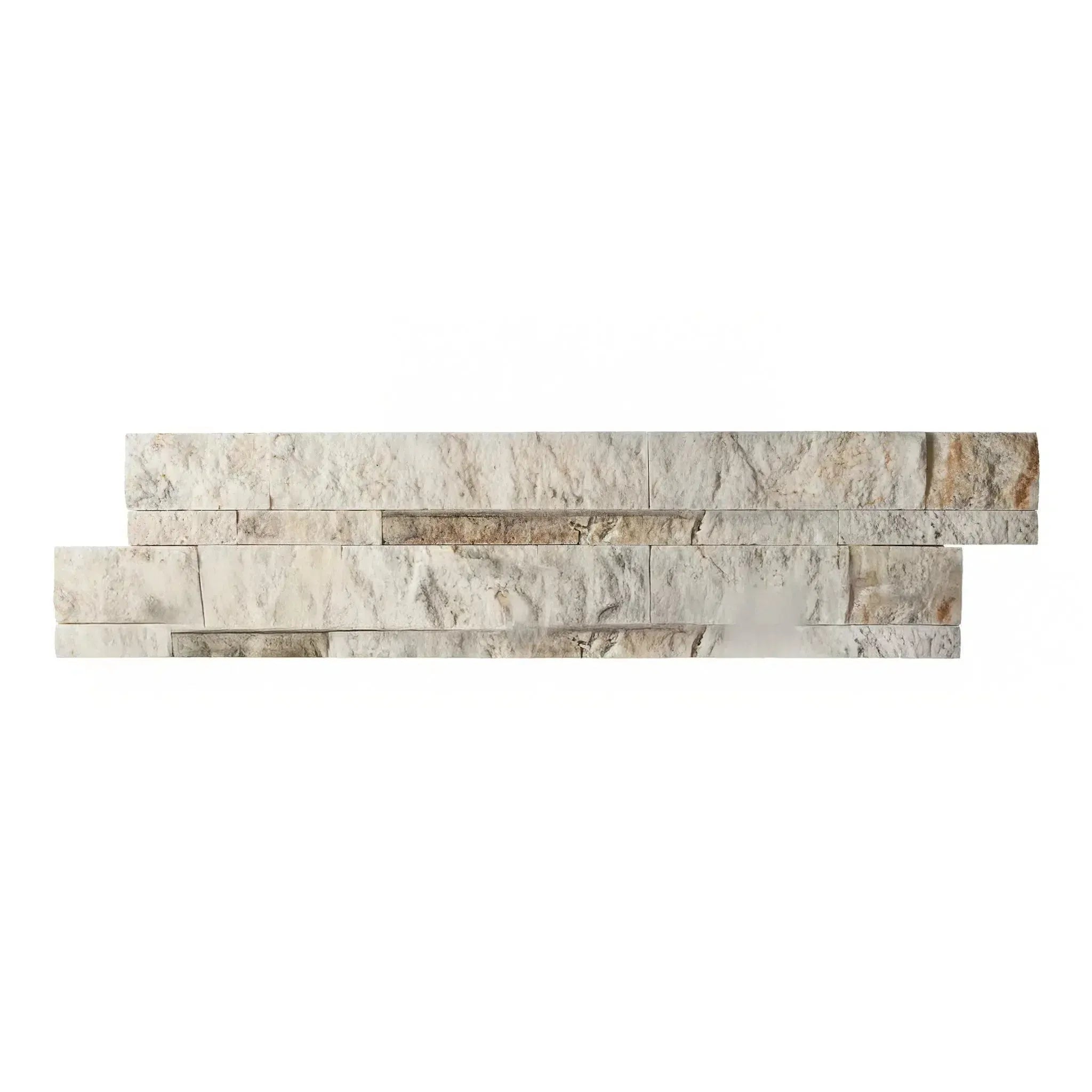 Split Face
Split Face Textured
Textured Tumbled
Tumbled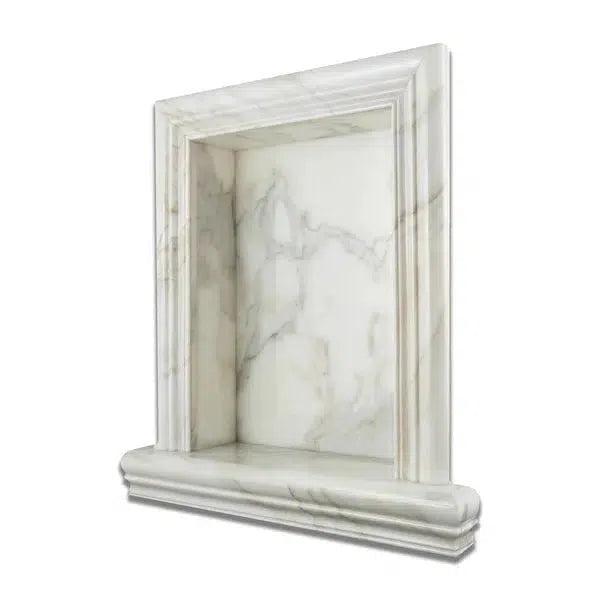 Accessories
Accessories
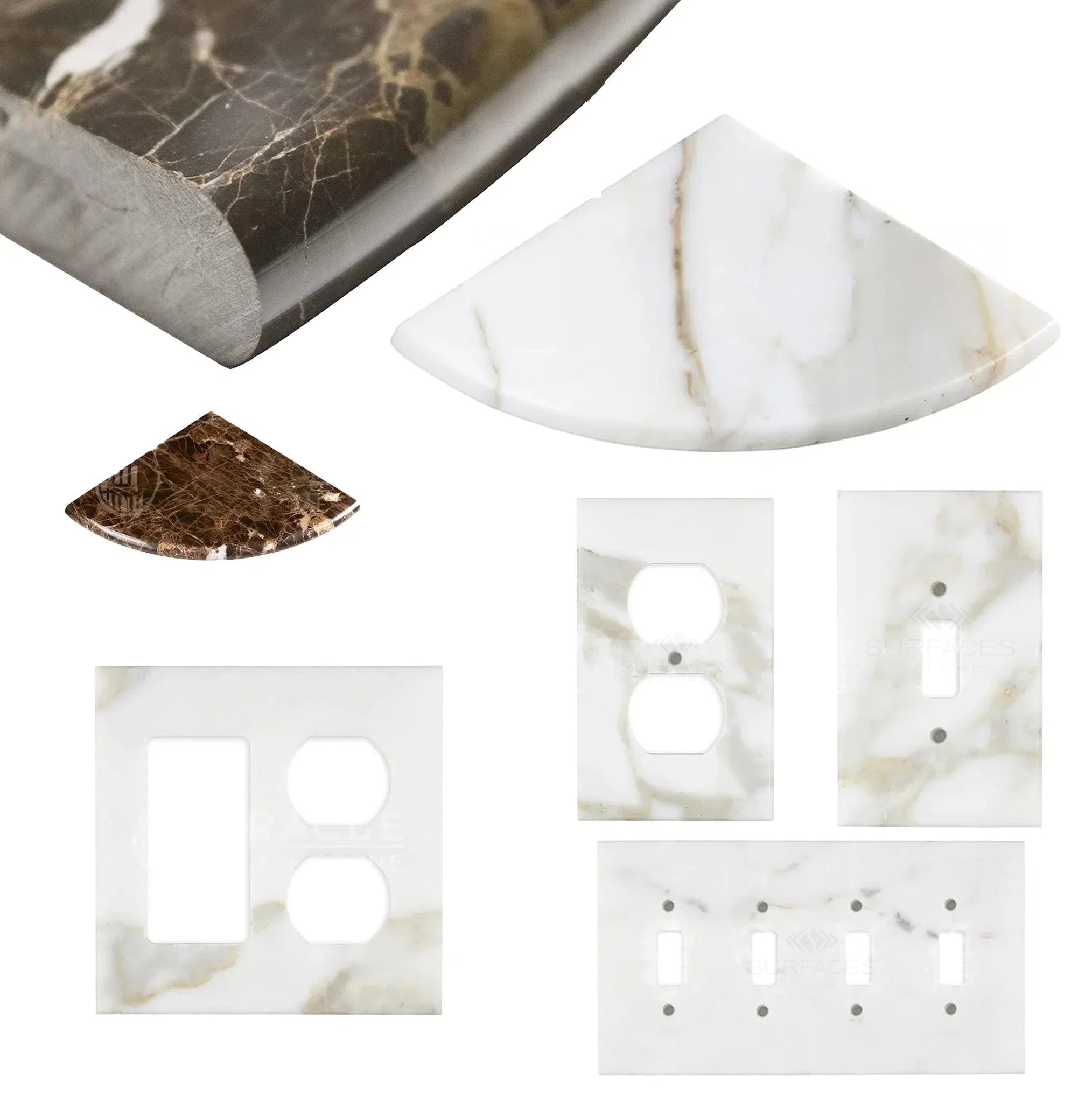 Wall Plate / Switch Plate
Wall Plate / Switch Plate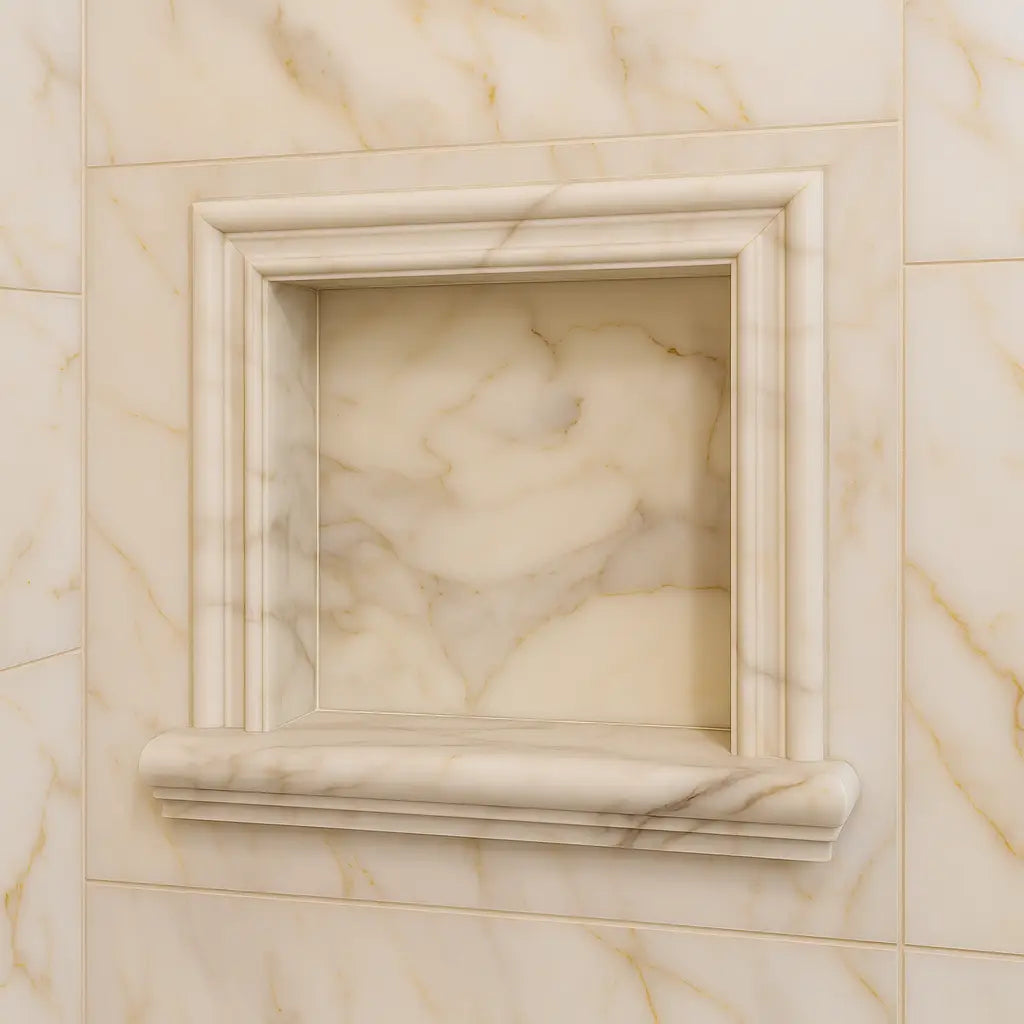 Shampoo Niche
Shampoo Niche Corner Shelf
Corner Shelf Clearance
Clearance




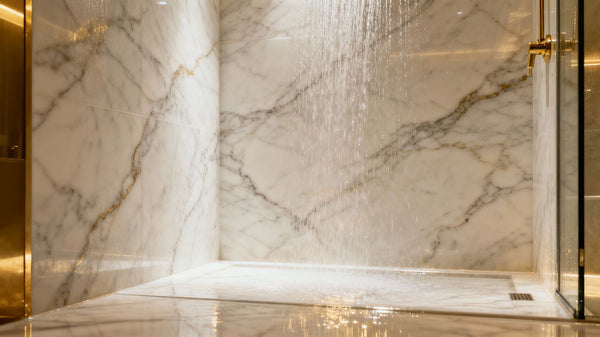
Leave a comment